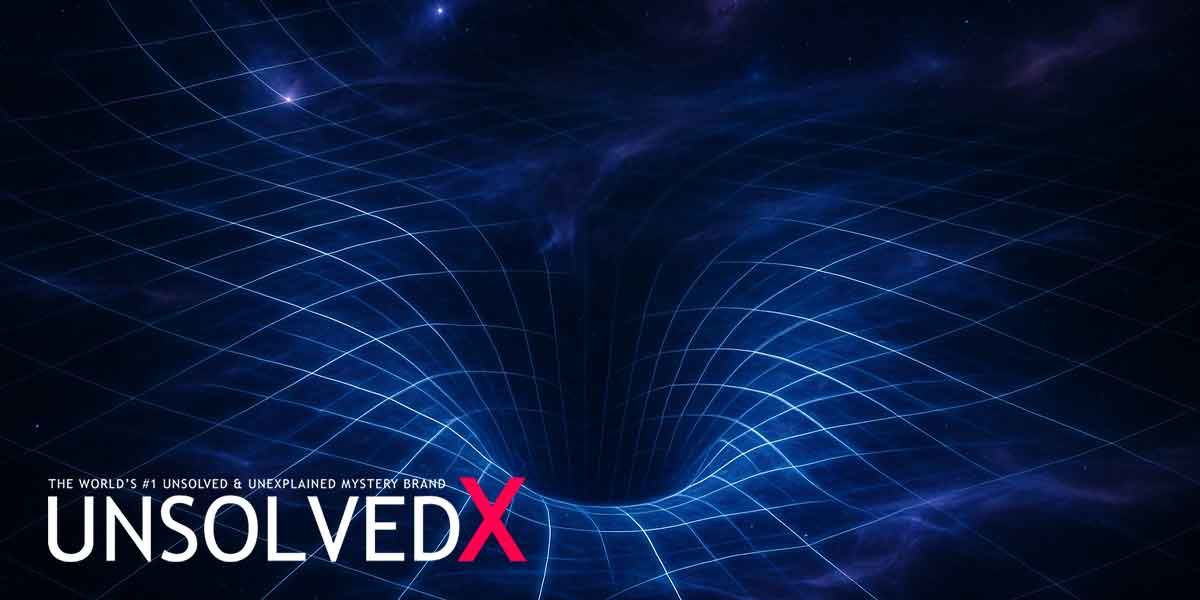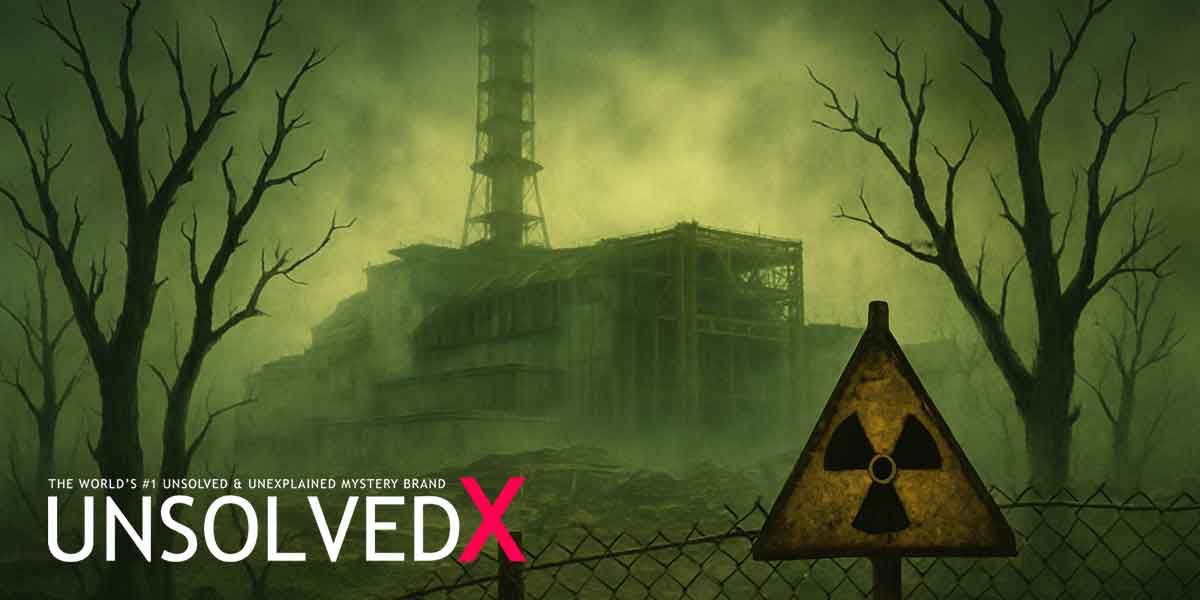The Mysterious Framework of the Universe
Space-time is the four-dimensional tapestry that weaves together the three spatial dimensions—length, width, and height—with time as an inseparable fourth dimension, fundamentally reshaping how we perceive reality. Conceived by Albert Einstein in his revolutionary theory of general relativity in 1915, space-time is not a static stage but a dynamic, flexible medium that bends and stretches under the influence of mass and energy. Picture a cosmic fabric: a massive object like a star sinks into it, creating a dip that pulls nearby objects closer, manifesting as gravity. This overturned Isaac Newton’s 17th-century view of space and time as fixed and separate, offering a new lens for cosmic phenomena. For readers of unsolvedx.com, space-time is a portal to mysteries like black holes or the universe’s origin. NASA’s Astrophysics Division provides interactive guides to visualize this concept, while The Royal Observatory Greenwich offers lectures on its cosmic implications.
The allure of space-time lies in its intangibility—it governs every event, from a falling apple to a spiraling galaxy, yet remains invisible. Its ability to warp raises questions about hidden dimensions or cosmic shortcuts like wormholes, fueling speculation about unsolved mysteries. Why does space-time exist, and what lies beyond its fabric? These questions make it a cornerstone for exploring the unexplained.
Why Space-Time Challenges Our Reality
Space-time feels like a riddle because it defies our intuitive sense of the world. We experience space as a fixed grid and time as a steady flow, but Einstein’s special relativity (1905) reveals they’re intertwined. Move faster through space, and time slows for you—a phenomenon called time dilation. Experiments, like those with atomic clocks on supersonic jets documented by Scientific American, showed clocks ticking slower at high speeds, proving time is relative. Near a massive object like a black hole, gravity warps space-time so intensely that time nearly halts, as explored in Christopher Nolan’s Interstellar, inspired by physicist Kip Thorne. This relativity challenges our perception of reality itself.
For unsolvedx.com’s audience, space-time’s quirks spark intrigue about unexplained phenomena. Could its distortions explain strange events, like the Bermuda Triangle’s missing ships or reported time slips? Though no direct evidence connects them, the possibility of space-time anomalies—wormholes or rips in the fabric—ignites theories about alternate realities or extraterrestrial travel. The SETI Institute’s public talks and The Perimeter Institute’s online courses delve into these speculative links, offering mystery enthusiasts a chance to explore how space-time might hide cosmic secrets.
Unlocking Cosmic Secrets Through Space-Time
Space-time is the key to understanding the universe’s most perplexing mysteries, yet it remains shrouded in questions. Black holes, where space-time warps so severely that light vanishes, exemplify its extremes. The Event Horizon Telescope’s 2019 image of a black hole’s shadow in the M87 galaxy gave humanity its first glimpse of this phenomenon, confirming Einstein’s predictions. The universe’s expansion, discovered by Edwin Hubble in the 1920s, reveals space-time itself stretching, driven by a mysterious force called dark energy, which accounts for roughly 68% of the universe’s energy, per NASA’s Planck mission data. What is dark energy, and will it tear space-time apart in a “Big Rip”? These are unsolved puzzles.
For those eager to dive deeper, The Hayden Planetarium in New York hosts exhibits on space-time’s role in cosmology, while The Griffith Observatory offers stargazing events tying these concepts to the night sky. Space-time’s potential for hidden dimensions, as proposed by string theory, or its role in time travel speculation, keeps it central to unsolvedx.com’s mission. By probing space-time, we chase answers to the universe’s greatest enigmas, from its birth to its ultimate fate.










Comments
Comments section coming soon!